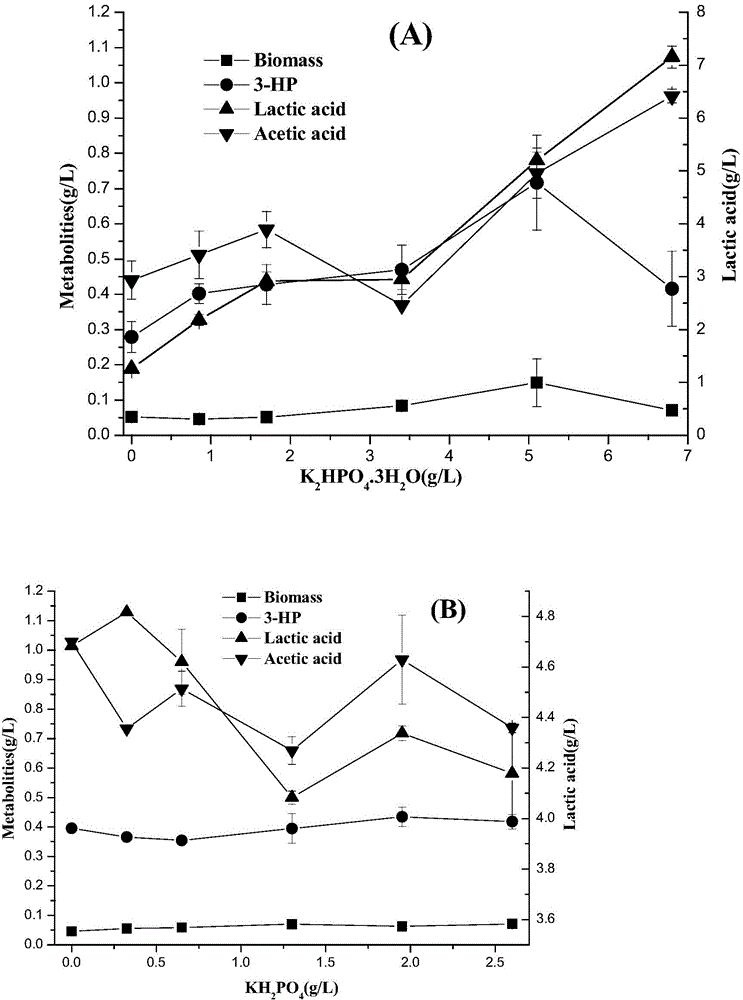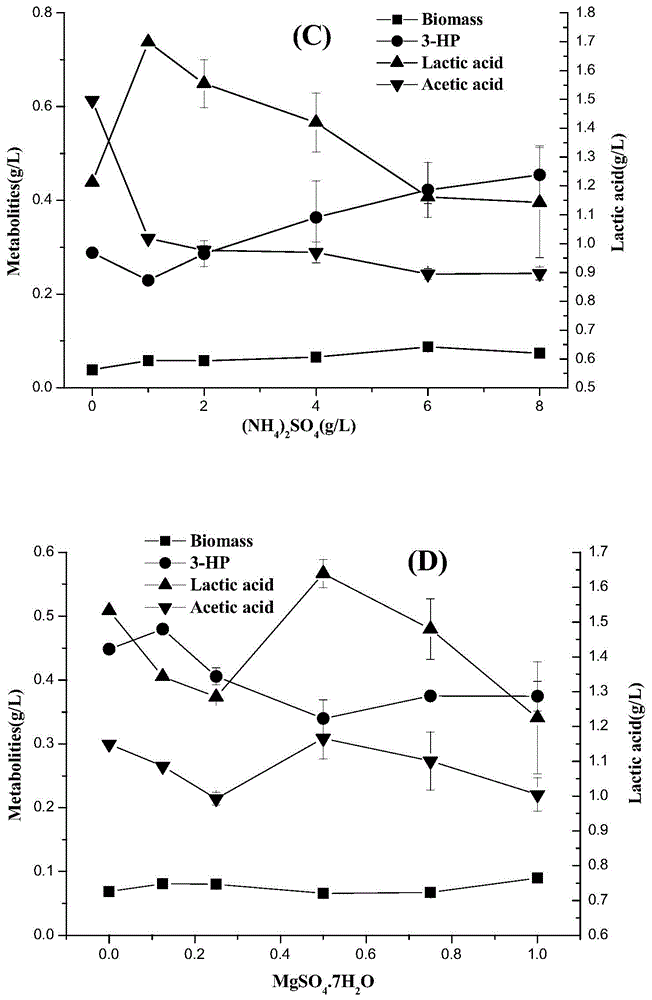Construction method of 3-hydroxy propionate high-yielding strain recombinant plasmids
The technology of a hydroxypropionic acid bacteria and a recombinant plasmid is applied in the field of biochemical production and can solve the problems of weak start-up ability, influence on the yield of 3-hydroxypropionic acid, complex chemical synthesis method and the like
- Summary
- Abstract
- Description
- Claims
- Application Information
AI Technical Summary
Problems solved by technology
Method used
Image
Examples
Embodiment Construction
[0029] The following specific methods can enable those skilled in the art to understand the present invention more comprehensively, but do not limit the present invention in any way.
[0030] The concrete steps of the inventive method comprise:
[0031] 1. Cloning of tac promoter and aldehyde dehydrogenase puuc in Klebsiella pneumoniae
[0032] Bacterial strains and plasmids: Escherichia coli (E.coli) top10 was purchased from Beijing Bomed Company, Klebsiella pneumoniae (Klebsiella pneumoniae) DSM2026 was purchased from German DSM, and expression vector pET-28a was purchased from Novozymes.
[0033] Medium: LB medium (g / L) peptone 10, yeast powder 5, NaCl 10, add 1.5% (1.5g agar in 100ml liquid medium) agar in the solid medium. The resistance medium needs to be added with 50 μL / mL kanamycin sulfate.
[0034] Klebsiella pneumoniae fermentation medium (g / L): K 2 HPO 4 ·3H 2 O, 3.4; KH 2 PO 4 , 1.3; (NH 4 ) 2 SO 4 , 4; MgSO 4 ·7H 2 O, 0.5; CaCO 3 , 0.1; yeast powder,...
PUM
 Login to View More
Login to View More Abstract
Description
Claims
Application Information
 Login to View More
Login to View More - R&D
- Intellectual Property
- Life Sciences
- Materials
- Tech Scout
- Unparalleled Data Quality
- Higher Quality Content
- 60% Fewer Hallucinations
Browse by: Latest US Patents, China's latest patents, Technical Efficacy Thesaurus, Application Domain, Technology Topic, Popular Technical Reports.
© 2025 PatSnap. All rights reserved.Legal|Privacy policy|Modern Slavery Act Transparency Statement|Sitemap|About US| Contact US: help@patsnap.com



